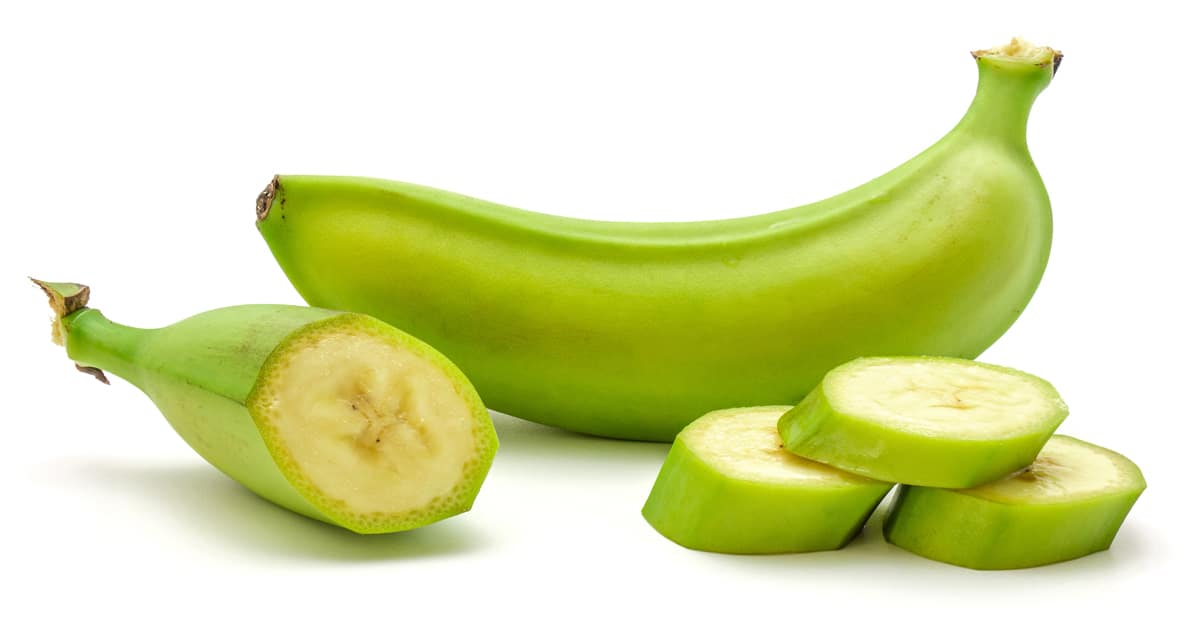Colic, a blanket term for gastrointestinal pain, is well known as the leading killer of horses other than old age. Its pervasiveness, deadliness, and cost – both emotional and financial – means that finding innovative ways to diagnose, treat, and better understand colic is a priority for researchers. Here, Horse Sport outlines a few fascinating colic-related studies underway here in Canada.
Robogut
Horses are what scientists call hindgut fermenters. Comprised of the cecum and colon, the hindgut is the largest portion of the horse’s gastrointestinal tract. Here, thousands of microbes, mainly bacteria, digest plant fibres through fermentation, turning them into fatty acids and complex sugars that provide up to 70 per cent of the horse’s energy needs. When the balance of bacteria is disturbed by disease, sudden diet changes, stress, or medication such as antibiotics, potentially life-threatening conditions such as colic and colitis (diarrhea) can result.
Researchers at the Ontario Veterinary College in Guelph, Ontario, are using DNA to study the hindgut’s “normal” microbial ecosystem – or microbiota – to better understand how changes to that environment can affect both health and disease.
“We’re using new technology called next-generation sequencing where we collect samples from the guts of horses and look at the microbiota, look at the genetic signature of the bacteria to see which bacterial species are there, or which ones are not; which species are sparse, which ones are abundant, etc.,” explains Dr. Luis Arroyo, a large animal medicine specialist in the Department of Clinical Studies. For about 15 years Arroyo has studied equine colitis – inflammation of the colon that causes diarrhea and often colic.
Essentially, the researchers extract the bacteria’s DNA molecules to understand how they work and contribute to the overall microbiota community (the microbiome). Scientists can examine microbes that were previously unidentifiable through traditional laboratory fecal cultures and assess hundreds of thousands more at a time than before, giving them better insight into the diversity of species in the gut, many of which are yet unnamed.
Arroyo hopes to eventually use the results of recent sequencing to work with University of Guelph colleague Dr. Emma Allen-Vercoe, associate professor of molecular and cellular biology, to create a model of the equine colon microbial ecosystem in the lab where it can be more easily manipulated. Established by Allen-Vercoe in 2009, the “Robogut” is an in-vitro model (a system in a controlled environment, outside a living organism) that mimics the environment of the colon through a series of glass flasks, tubes, and monitors. Fecal samples are grown in the system, which is kept oxygen-free, like the colon. Temperature, pH, and food supply are all regulated. “You can play with the system,” says Arroyo, “You can add an antibiotic, for example, and see how that effects the microflora.”
Among other important findings, the Robogut has allowed Allen-Vercoe to identify new microbes that live in human intestines and determine how they interact in a healthy gut. She and her team are now turning their attention to veterinary microbiota research and Arroyo sees an application for equine medicine.
“My dream is that we can use this system to perhaps mimic not only what is going on in a normal horse, but also in a horse that’s suffering from colitis,” said Arroyo.
Looking Deeper into Abdominal Adhesions
Adhesions are a common abdominal post-operative complication, particularly after a horse has had colic surgery on the small intestine. Adhesions, which are effectively scar tissue, cause the surface of one part of the intestine to attach to another, which can obstruct blood flow or bowel function. The adhesions generally develop within two months of surgery and can be very painful, causing further recurring colic bouts that may require subsequent surgery or even euthanasia.
Minimally invasive surgical techniques, medications, and physical barriers placed between tissues are used to prevent adhesions from forming. However, according to Dr. Joe Bracamonte, a large animal surgeon at the University of Saskatchewan’s Western College of Veterinary Medicine (WCVM), “these products aren’t specifically for use in horses and haven’t undergone research specific to those mechanisms that cause adhesions to occur in the animal.”
To date “there is no truly effective way to stop adhesions from happening,” says Bracamonte, who is leading a team that’s looking at adhesions from a different perspective by focusing on their complex cellular and molecular activities.
Bracamonte is working closely with Dr. Scott Napper, a protein biochemist with the university’s Vaccine and Infectious Disease Organization International Vaccine Centre, who uses a cutting-edge molecular screening technique – peptide array for kinome analysis. Peptides are essentially protein fragments. Peptide arrays are used to analyze protein kinases – enzymes responsible for regulating communication within a cell. The kinome represents all the signalling pathways in a cell that are controlled by kinases. Bracamonte took intestinal samples from adult horses and foals after experimentally inducing adhesions to develop equine-specific peptide arrays that are being used to identify, through kinome analysis, those unique pathways involved in the formation of adhesions after abdominal surgery. The results will be used to eventually create effective methods to prevent adhesions.
A Big Pill to Swallow
Also at WCVM, researchers are working on an innovation that could provide a real-time snapshot of what’s going on inside a horse’s abdomen, both in health and when something is awry, such as during colic episodes, for example.
Dr. Khan Wahid, an associate professor at the University of Saskatchewan’s College of Engineering, has created a wireless endoscopy capsule that essentially looks like a large vitamin pill. While endoscopy capsules (camera pills) have been available commercially for human use for years, the technology doesn’t always stand up, so Wahid has developed patented algorithms and image compression technology that offers better image capture and processing.
Wahid is also working with WCVM veterinarians to try the capsule in other species, not only to improve the technology for human medicine, but also to develop similar models for veterinary use. On the equine side, he has joined forces with assistant professor of large animal medicine Dr. Julia Montgomery and Dr. Joe Bracamonte, associate professor in equine surgery. “We thought, ‘Why not try it for veterinary medicine?’” Wahid said in a news release.
Last March, they tested the human capsule in a horse. Because the horse would end up chewing it to pieces if administered orally, they administered it intra-nasally by stomach tube. Despite a couple of signal drops, the technology worked its way through the small intestine for about nine hours. Digital images were sent to eight sensors that picked up signals from the pill. They were attached to a receiver on a belt strapped around the horse’s barrel. The single shots were merged into a video.
Now, the group is developing a horse-version capsule prototype. It will be about twice the size of the human capsule and will likely contain two cameras, one on each end. They are also looking at a better antenna to avoid signal loss and activation control to save battery life as the pill meanders through the intestines.
Future models might also measure temperature, pH, amino acids, and inflammation and include ways to detect bleeding. “We can make it really customizable, a pill specific to the horse,” says Wahid.
Better Critical Care for Gastrointestinal Emergencies
A recent study out of the University of Calgary’s Faculty of Veterinary Medicine will help improve critical care and diagnosis for horses, especially those with life-threatening gastrointestinal illnesses such as colic and colitis.
The study examines Systemic Inflammatory Response Syndrome (SIRS) in horses. SIRS describes the body’s response to “acute and severe insults” such as infection or trauma, explains lead researcher Marie France Roy, assistant professor in the department of Veterinary Clinical and Diagnostic Sciences. In human medicine, SIRS is indicated if a patient has two or more abnormal symptoms in heart rate, respiratory rate, temperature, or white blood cell count.
“To clarify, if you hit your finger with a hammer, you will have local inflammation at the tip of the finger, but systemically, you will not be sick,” says Roy. “However, if you have a severe infection of the lungs, the inflammatory response may become quite severe and spread to involve the whole body and you will feel quite ill.”
Roy says equine clinicians have used the human SIRS criteria for years, but that to the researchers’ knowledge, no prior studies have “investigated their clinical relevance in horses in terms of mortality risk prediction.”
From June 2012 to May 2014, UCVM researchers studied 479 consecutive adult horse emergency admissions to the referral facility, Moore Equine Veterinary Centre. Each case was given a score based on SIRS criteria. Approximately 30 per cent were SIRS cases on admission (i.e. there were two or more abnormal SIRS criteria) and SIRS cases were more likely to die compared to non-SIRS cases.
“It turned out that the association of SIRS with mortality was found mainly for gastrointestinal cases including colics (medical and surgical), colitis, and other miscellaneous gastrointestinal emergencies,” says Roy, noting fatality rate increased for horses admitted with a higher number of abnormal SIRS criteria.
Researchers then defined a “severe SIRS” category using the score plus signs of abnormal tissue perfusion (blood circulation) in the mucous membranes, as denoted by gum colour and in blood lactate concentrations. Bright pink, red, or purple gums, or a dark line around the teeth (often known as the toxic line), can indicate altered tissue perfusion and severe systemic disease. “In our study, having abnormal mucous membranes on arrival was, by itself, a strong predictor of outcome,” says Roy.
Blood lactate often increases due to systemic disease because the body can’t deliver sufficient blood to all the tissues. Cells shift from normal aerobic metabolism to anaerobic metabolism, leading to the production of lactate. “Horses that fulfill an increasing number of SIRS criteria, that have increased lactate and abnormal mucous membranes, should be seen as having more severe disease and will require immediate attention and intensive care,” says Roy. “Monitoring these criteria through time may also indicate if the horse is responding to treatment or deteriorating.”
She also says the findings will help clinicians identify horses with more severe disease and help in the discussion of the horse’s status with the owners. Roy expects the study will be published in the Journal of Veterinary Internal Medicine this spring.
Online Tools
Equine Guelph offers several online tools to help horse owners recognize and understand colic. Go to equineguelph.ca/Tools/colic.php to find:
• Colic Risk Rater questionnaire
• Colic Prevention Tips
• Two-week short course – Colic Prevention e-Workshop
New Tools
In 2016, the Atlantic Veterinary College (AVC) in Charlottetown, PEI, obtained a new piece of equipment called an overground endoscope – the only one in Atlantic Canada. Primarily used to examine the horse’s upper airway while it’s being exercised, this endoscope also comes with a gastroscope attachment that allows veterinarians to diagnose and monitor gastrointestinal conditions on-farm.
AVC received funding from the federal government and a matching donation of $127,000 from the charitable organization The Equine Foundation of Canada for the endoscope and other state-of-the-art equipment including lameness and cardiovascular technology.
The Latest









